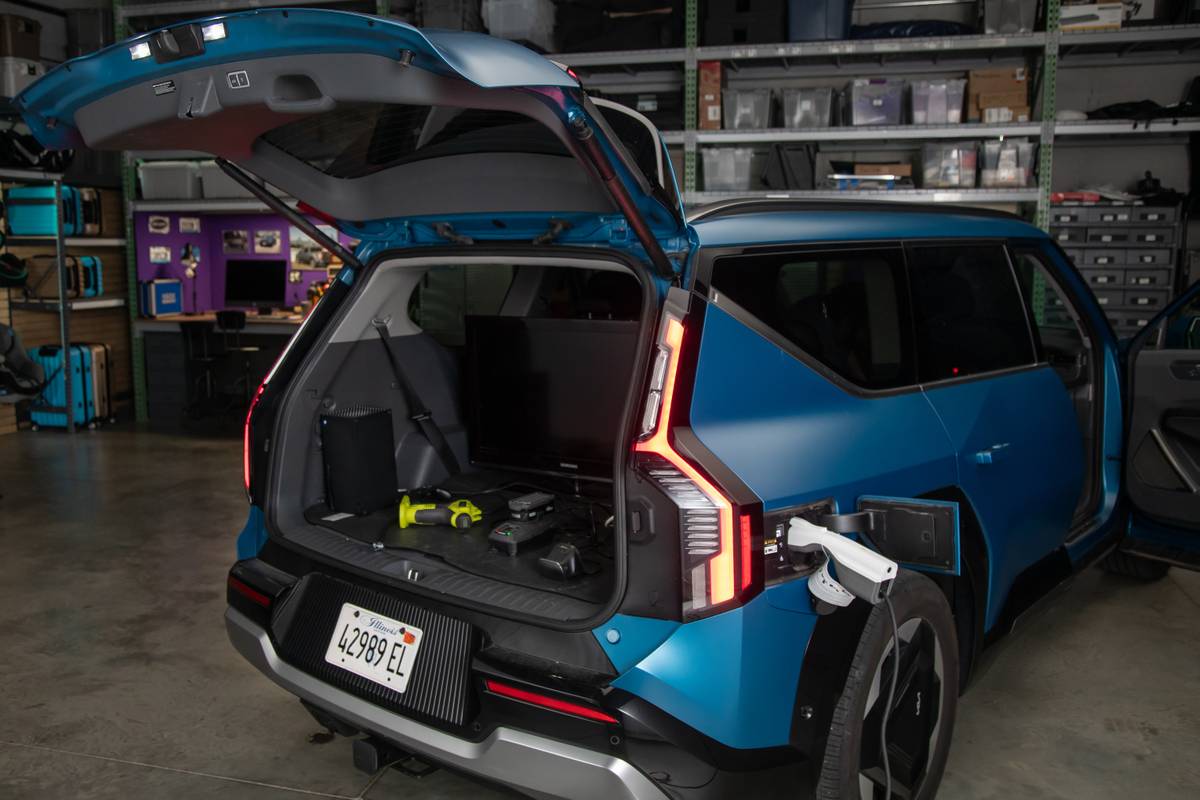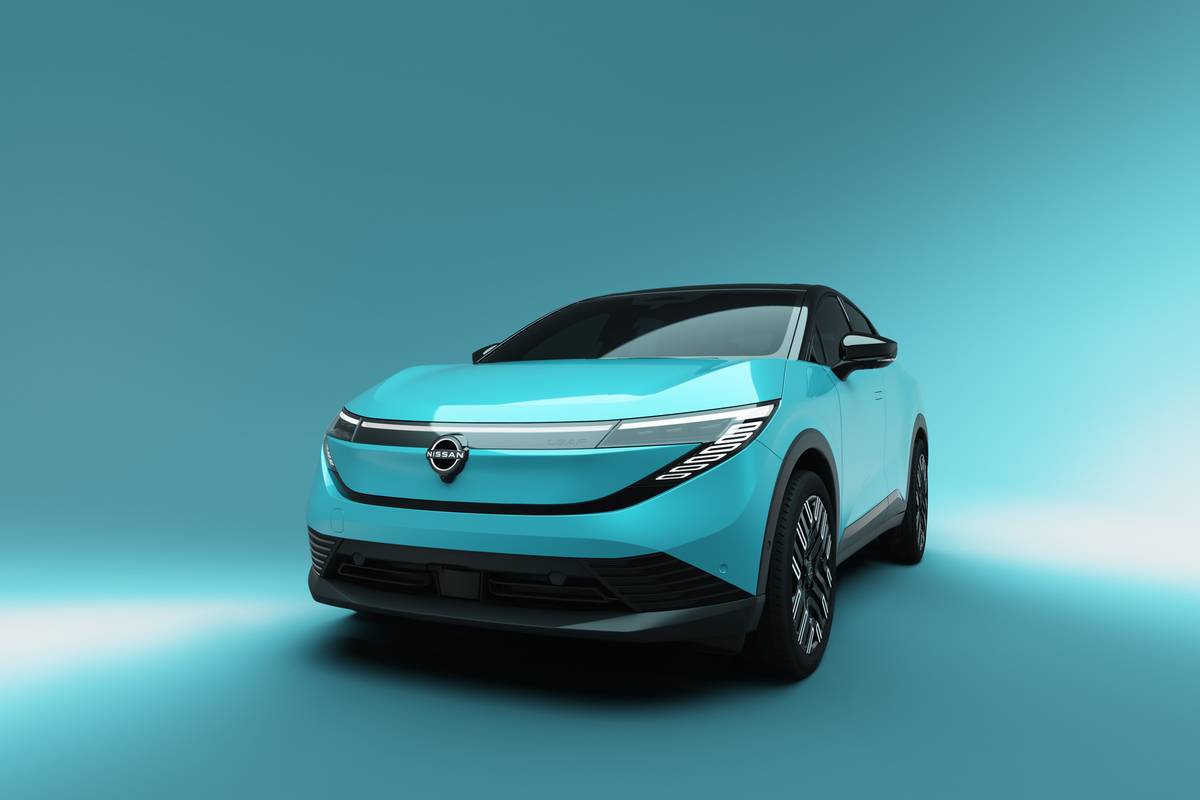washingtonpost.com's view
Quitting the 2006 Dodge Charger SRT/8 was easy. I looked at the fuel bill — $110 after four days of driving around Northern Virginia and environs.
My wife, daughter and I arrived here in a more reasonable vehicle, the 2007 Saturn Vue Green Line hybrid, a compact sport-utility model that gets 32 miles per gallon on the highway and uses regular unleaded gasoline. It was the natural choice for our two-week road tour of New England and Nova Scotia, the first part of which is covered in a second On Wheels column on Page G2.
This On Wheels column is about the car we left behind, a traditional American muscle car that would have made perfect sense to me a decade ago, but that makes little sense to me now. Why the change of heart? Simple. Oil is getting harder to find. Gasoline is getting more expensive to pump.
As if to emphasize those points, the rambunctious 6.1-liter, 425-horsepower V-8 Charger SRT/8 was delivered to my driveway the same week BP PLC announced the shutdown of its pipeline at Alaska’s Prudhoe Bay oil field, the source of 400,000 barrels of oil a day, 8 percent of the nation’s oil output.
That development coupled with the money I was spending on premium gasoline for the Charger SRT/8 undermined any affection I had for the mighty roar of its big engine, its ability to sprint from 0 to 60 miles per hour in five seconds, or its aggressive, hell-bent-for-speed exterior.
Put another way, the Charger SRT/8’s thirst for fuel was a mood killer. It’s hard to engage in guilty pleasure when you know you are going to pay an enormous price for the sin. With the Charger SRT/8, you are going to pay and pay and pay . . .
The big rear-wheel-drive sedan gets 14 miles per gallon in the city and 20 miles per gallon on the highway for a combined city/highway mileage of 17 miles per gallon, according to the Environmental Protection Agency. Gee! Some full-size pickup trucks get better mileage than that!
The government calls the Charger SRT/8 a “gas guzzler.” That means it comes with a federal gas guzzler tax — a whopping $2,100 in this case, more than double the gas guzzler tax on Mercedes-Benz’s fuel-thirsty E550 luxury sedan.
The EPA’s Web site at http://www.fueleconomy.gov/ puts the annual tab for fueling the Charger SRT/8 at $3,038. But that assumes driving 15,000 miles a year at a cost of $3.24 a gallon for premium unleaded gasoline.
That’s a big assumption. For example, early August prices for premium unleaded gasoline in some Connecticut and Rhode Island towns were as high as $3.58 a gallon.
Is it worth it? No. And here’s why:
Although the Charger SRT/8 is a total hoot to drive, so fast it’s almost scary, there are not many places in the United States, or anywhere else, where you can drive it as fast as it can go — 165 miles per hour.
Driving at half that speed on almost any U.S. highway will get you a big speeding ticket. If you are convicted of the offense, it also will leave you with major penalty points on your license and an accompanying increase in insurance costs for the SRT/8, which is expensive enough to insure with a perfect driving record.
I’m aware that none of this sounds like car-guy or car-lover stuff. But, hey, let’s get real.
If you are a frequent visitor to weekend speedways, where it is legal to drive your car as fast as you and it can go, fine. You’ll love the Charger SRT/8. The car moves! It boogies! And it comes with nice strong Brembo brakes to stop it with authority.
From that perspective, the Charger SRT/8 is a speed freak’s dream, appropriate for an automobile that comes from the Street and Racing Technology unit (SRT) of DaimlerChrysler Corp.’s Chrysler Group.
But considering its insatiable thirst for the most expensive gasoline, the Charger SRT/8 offers little to people who buy large sedans to be used as family haulers and/or everyday drivers. In that context, it makes no sense at all.
Latest news



